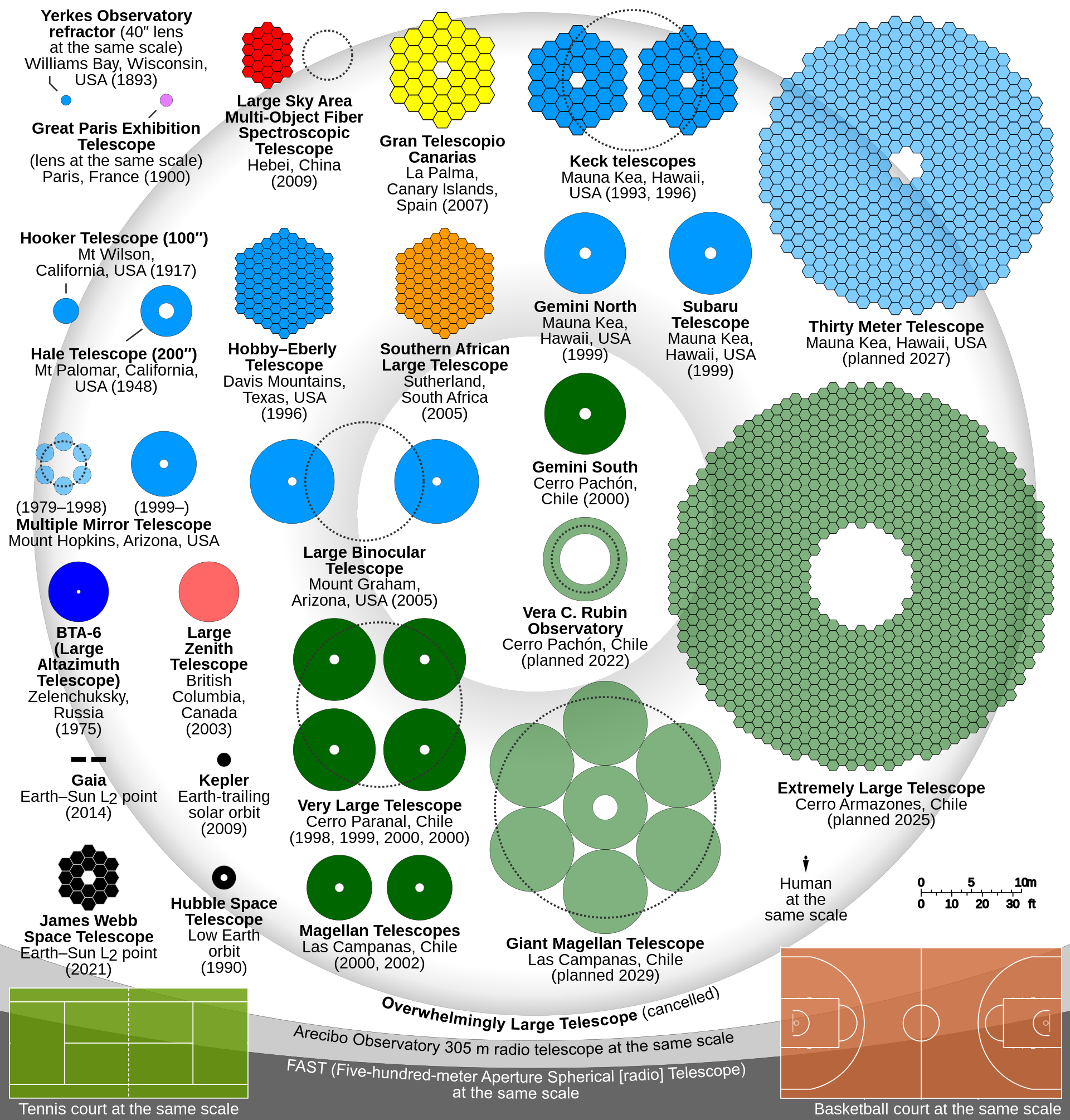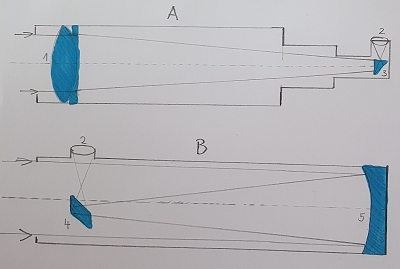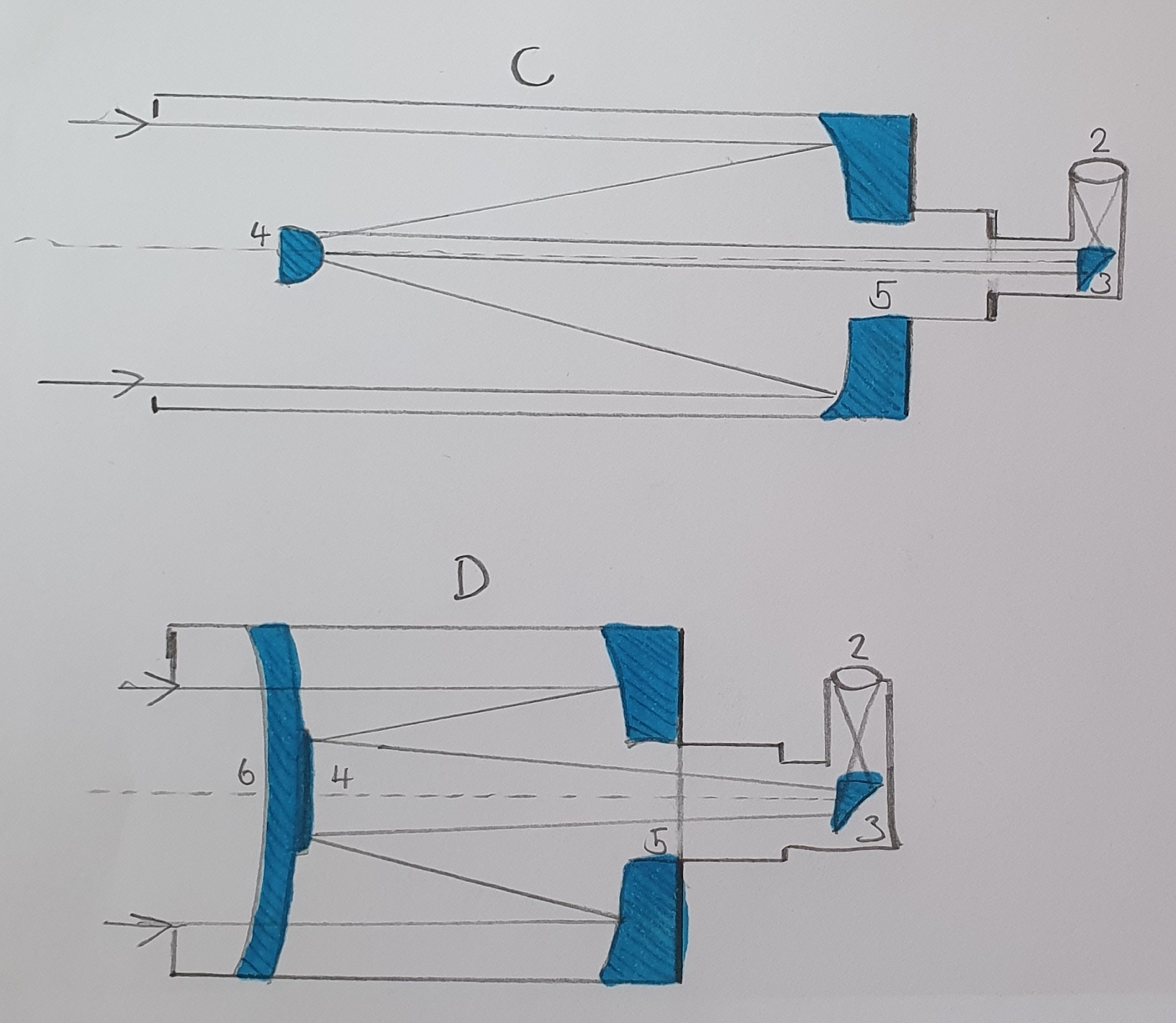Strašně dlouho si chci nějaký pořídit ale u mě to je že to musim ohmatat. Teorie mě moc nepomáhá.
How to choose the right telescope - the stargazing telescope for you
Categories: Astronomy
There is no one who doesn't at least occasionally look up at the night sky. If you're lucky enough to live in a place with less light smog, the view is magical. And as is human nature, we all want to see more.
The first thing any telescope salesperson will ask you is, "What do you want to observe?" We know from experience that the answer is usually quite uncertain. The beginner simply doesn't know what is and isn't possible, and, dazzled by NASA and ESA photographs, hopes for something similar. Unfortunately, we can't promise that, but the night sky is still a great adventure.
Telescopes that can be described as designed for sky watching start from about 5000 CZK incl. VAT. But many beginners are not interested in such telescopes and just want "something proper". Let's try to divide the categories of telescopes according to what can be observed, their construction and difficulty of operation, the possibility of photography, and whether they are intended for children or adults, etc.
Lens or mirror or what is a reflector and refractor
Lens: When you first look at the current range of "stargazing" telescopes, you will quickly realise that there are two types. The thinner, sleeker ones are the "lens" or refractors (frengere - to refract - for the Latins). The image you then see is the result of refraction of light rays on the lens. The other, "thick" ones use mirrors and are called reflectors.
The advantage of refractors (lenses) is a more stable optical construction that can take some of the shaking. The casing of the telescope - more technically the "refractor tube" - is sealed and prevents dirt from entering. The image has more contrast, gives a wide field of view of decent optical quality and also the chromatic defect characteristic of lenses is almost eliminated in modern refractors.
While everyone looks to have a proper "cannon", the reality is that for observing the planets, moon, sun, refractors are perhaps a better choice. For larger lens diameters, they are then also better suited for observing binary stars. Thus, even though you may be looking at a cheaper beginner mirror, the lens may be far more suitable for you or your child.
So why don't they make larger diameter lenses?
Large lenses are expensive to produce and the larger the block of glass that is machined, the faster the cost of production rises. In addition, large lens binoculars are really heavy and thus require heavy stable construction. You also have to take into account that you lose about 4% of light with each reflection on the lens surface. Which doesn't happen with a mirror. This is why we encounter large diameters almost exclusively in mirrors.
Mirror: Mirrors, or reflectors, are the telescopes you see at large observatories. Their much smaller versions are found in many enthusiastic amateurs. The advantage of a mirror is the lower cost of manufacture, so you can get a more powerful instrument for less money. The principle is to reflect light rays from the hollow mirror onto the image plane (reflectere - reflect back).
The mirror, on the other hand, has several disadvantages. Binoculars require more careful use, as you can disturb the relative position of the mirrors with a large shake. The tube, which is open, is logically exposed to dust ingress, and also the air quality causes irreversible changes to the mirrors (oxidation of the reflective layer).
So what good is a reflector? First of all to observe deep space, nebulae, galaxies, star clusters but also comets.
 To give you an idea, the diameter of the Hubble telescope's primary mirror is 2.4 metres. A classic beginner's mirror telescope is about 13 cm in diameter.
To give you an idea, the diameter of the Hubble telescope's primary mirror is 2.4 metres. A classic beginner's mirror telescope is about 13 cm in diameter.
The Newtonian reflector and the others
In the context of mirror telescopes, a few names you will encounter need to be explained at least briefly: Newtonian design, Schmidt - Cassegrain, Maksutov - Cassegrain, etc.
In the case of the classic Newtonian reflector, which some enthusiasts occasionally build, the influence of its luminosity, the ratio of the diameter of the lens to its focal length, is strongly evident. Here, the lower the luminosity, the better the resulting image. The problem is thus primarily the size of the telescope.
Schmidt - Cassegrain and others: these binoculars consist of a hollow primary mirror and a convex secondary mirror. The main technical joke is that the primary mirror is pierced and the focus is behind it. This allows the telescope to be used in a similar way to a refractor (lens telescope). Maksutov then has an extra large meniscus lens, located in the front of the tube. The result you see is a short compact telescope with a large mirror diameter, which is easier to carry while taking advantage of the power that using a mirror brings.
The downside is that the light in it collides with several extra optical parts (compared to the Newton). More precision is needed in the setup, which also makes the price considerably higher, and when using a zenith prism we get an inverted image.
Basic division of asronomical - amateur binoculars



A - lens telescope - refractor; B - Newtonian reflector; C - Cassegrain mirror telescope - reflector; D - Maksutov-Cassegrain mirror telescope - reflector; 1 - refractor lens (sometimes calledsometimes referred to as the lens); 2 - eyepiece; 3 - zenith prism; 4 - secondary mirror; 5 - primary hollow mirror of the reflector; 6 - correction meniscus.
So here we go again, what to choose to start with
Thanks to today's advances in digital technology, it is possible to quickly start observing a variety of interesting objects with virtually no experience. Whether with simple telescopes with an app (such as the Celestron StarSense range) or more advanced Go-To telescopes where you simply choose what you would like to observe (such as the AstroFi range).
It's a good idea to discuss the choice of binoculars with your dealer, especially with regard to where you will be observing (amount of stray light). I would definitely avoid Asian cheap "binoculars" that use plastic lenses and are only good for discouraging yourself or your children from observing the sky.
Wishing everyone many good nights and the excitement of your own observations.
The LP team
The article is included in categories:
Post
U teleskopů je to strašně těžký, jelikož za dne můžeš hmatat, hmatat a nic. :) Měl by jsi napsat kde budeš pozovat nejčastěji, co tě zajímá nejvíce a kolik chceš investovat. Zda máš nějaké znalosti, nebo by jsi rád, aby tě vodila nějaká aplikace. Popřípadě, aby byl dalekohled už vybavný elektronikou, která tě bude vodit sama.
Nekupoval bych dalekohled za statisíce, velká část lidí odpadne a tak bych se držel trochu při zemi. Nevíš jak dlouho tě to bude držet. 
Tak to je dobrý, vzpoměl jsem si že neco takovího jsem před časem dostal ale kde to je ? No našel jsem ho v garáži pod gumama :) . Tak v sobotu výšlam na Holí vrch u Starých spavu . No problém něco zaměřit když do toho koukáte z vrchu a zoom musel byt na min. , ale nakonec jsem vychytal a bylo vidět až na zasněžený krkonoše ale chce to stativ ! díky Elmaro . 
Pokud mohu doporučit , mám tento přístroj a cena výkon ideál. Pokud je trochu kvalitní seeing, tak Jupiter, Saturn, Měsíc prostě paráda. To se dá i z balkonu v Praze. Někdy ho vezmu pod černou oblouhu na chalupu, tak potom i některé známé vypalovačky deep-sky.
(Akorát letos uvažiji, že bych šel už do 12" (do 300- stovky)).
http://www.supra-dalekohledy.cz/dalekohled-skywatcher-dobson-8-classic-200-1200mm-newton-3-3653.html
diky všem popřemýšlím










